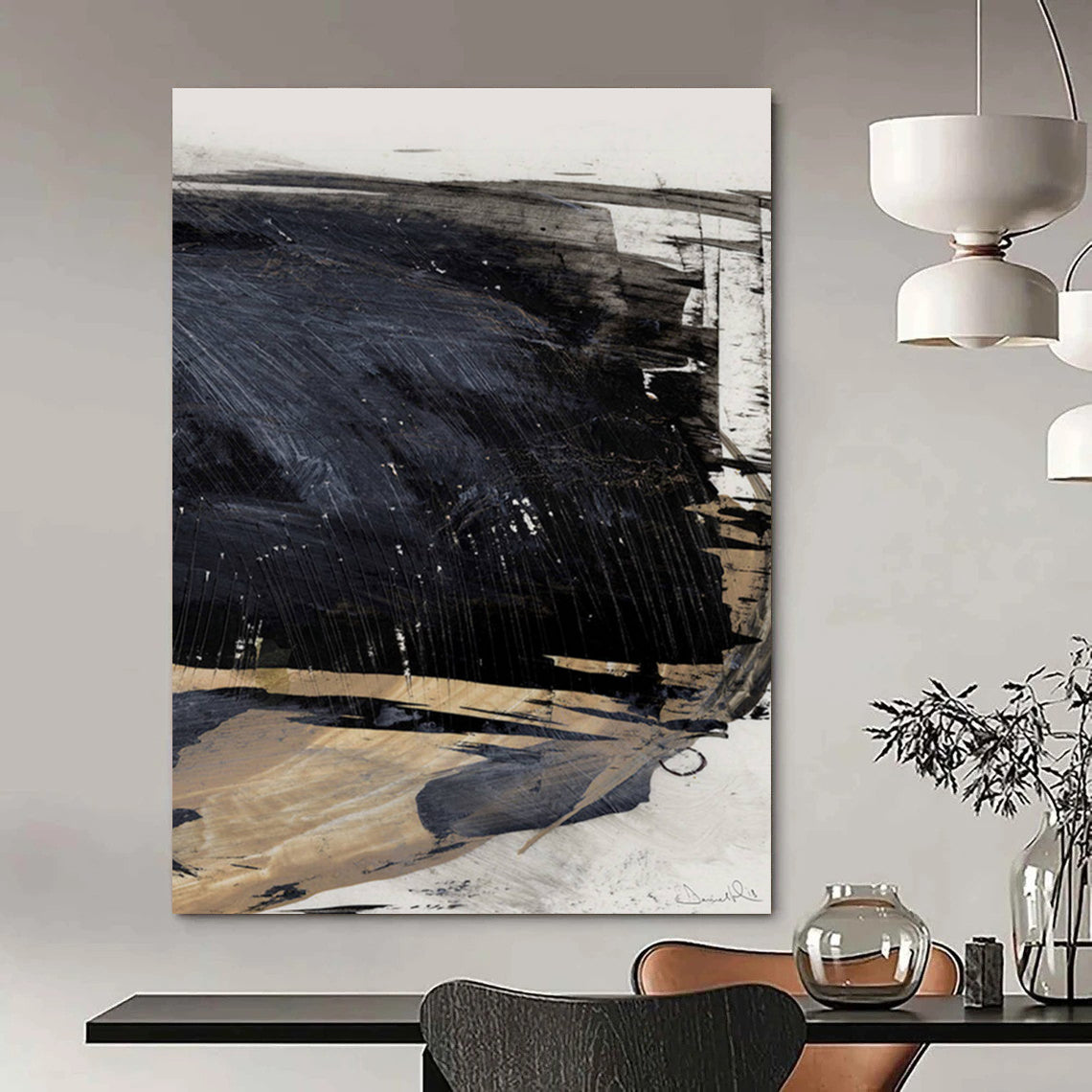As the autumn art season unfolds, the conversation surrounding the global art market is dominated less by gallery openings or new exhibitions and more by an ongoing narrative of crisis and doom. Headlines across major outlets have repeatedly pronounced the art market’s collapse, driving a perception that the industry is in dire straits. Yet, beneath these sensationalized proclamations, the truth about the art market today is far more complex and nuanced, revealing resilience amid challenges rather than outright collapse.
The cycle of art market doom coverage has become a persistent theme, often reducing the multifaceted nature of art sales and collecting to simplistic “bubble burst” stories and dramatic forecasts of ruin. As noted by insiders such as Trevyn McGowan, cofounder of the Southern Guild gallery in Cape Town, this repetitive and alarmist tone is not only misleading but also detracts from the real dynamics at play. McGowan highlights the risk of clickbait journalism, explaining that grouping every setback into an end-of-the-world narrative serves little purpose beyond generating clicks, ultimately undermining collector confidence and complicating gallery operations.

A deeper look at recent data shows that while certain segments of the art market, especially auction sales, have experienced a contraction, this paints only part of the picture. Auctions account for roughly 4% of the staggering $1.7 trillion global art market, with private sales and direct dealer transactions constituting the majority of activity. In fact, private sales have increased significantly, with major auction houses like Christie's and Sotheby’s reporting double-digit increases in their private transaction volumes, illustrating sustained demand in less visible market segments.
Historical context is also vital. The art market has weathered downturns before—in the 1990s and after the 2008 financial crisis—only to rebound strongly. Seasoned industry observers counsel patience and perspective, noting that market contractions often serve as necessary corrections rather than signs of terminal decline. However, genuine pressures exist: rising costs for trade shows and shipping, shifts in collector demographics, and economic volatility continue to impact business models. The market must adapt and evolve, trimming excess and fostering new collector engagement to ensure long-term health.
Critically, the media’s tendency to sensationalize these challenges can create a self-fulfilling prophecy where fear dampens buying enthusiasm and precipitates sales slowdowns. Responsible reporting, therefore, should aim to provide context and balance, highlighting not only the difficulties but also the areas of opportunity and innovation within the art world. For example, some galleries have closed, but others have emerged with fresh voices and novel approaches to connecting artists with collectors, signaling a dynamic cultural ecosystem that is far from static.
The importance of separating market cycles from structural changes emerges as a key theme in recent discussions. While some argue the current contraction reflects deeper systemic issues—such as market saturation with too many galleries, advisors, and artists—others emphasize cyclical recovery mechanisms and broader shifts in economic and social patterns influencing collecting habits. This debate underscores the need for nuanced, well-informed discourse rather than generalized doom narratives that obscure the complexities.
Image Sources
-
Photo of bustling art auction scene (source: Artnet News)
-
Gallery interior showing contemporary art exhibitions (source: Southern Guild Gallery official site)
-
Graph depicting art market private sales vs. auction sales (source: Art Basel & UBS Art Market Report 2025)
Related Keywords and Anchor Links
Understanding the deeper currents within the art market requires looking beyond headlines. The role of auction sales, which represent a small but visible segment, contrasts with growing activity in private art sales, reflecting a shift in how art is traded today. The history of art market cycles reveals resilience following downturns, while current market analysis suggests the need for adaptive strategies by galleries and collectors alike.
The phenomenon of doomsday media coverage illustrates how press narratives can affect market sentiment. Galleries like Southern Guild exemplify innovative responses to challenges within the ecosystem, engaging new demographics and rethinking traditional gallery models.
Frequently Asked Questions
Q1: Why does the art market often receive negative or doom-focused media coverage?
Media outlets tend to use sensational headlines to capture attention, emphasizing downturns or gallery closures as signs of collapse. This can oversimplify complex market dynamics for dramatic effect.
Q2: Is the art market actually collapsing?
No, while some sectors like auctions have seen declines, private sales and other areas remain strong. The market is cyclical and frequently goes through corrections that precede recoveries.
Q3: How large is the auction segment compared to the overall art market?
Auctions constitute about 4% of the $1.7 trillion global art market, with the majority of transactions taking place through private sales and galleries.
Q4: What impact does media coverage have on the art market?
Negative reporting can create a self-fulfilling prophecy by discouraging collectors and dealers, reducing confidence and slowing sales.
Q5: What are the current challenges facing galleries and collectors?
Rising overhead costs, changing collector demographics, and economic uncertainties challenge traditional business models, prompting galleries to innovate and adapt.
Q6: Are there signs of recovery or opportunity in the art market?
Yes, private sales growth, new gallery models, and renewed collector interest among younger demographics suggest opportunities for renewal and adaptation.
This balanced analysis sheds light on the art market's current state amid prevailing negative press, emphasizing the need to understand the full complexity of market trends beyond fear-driven headlines. The inclusion of meaningful keyword anchor-text links underscores important areas for further research and engagement.

